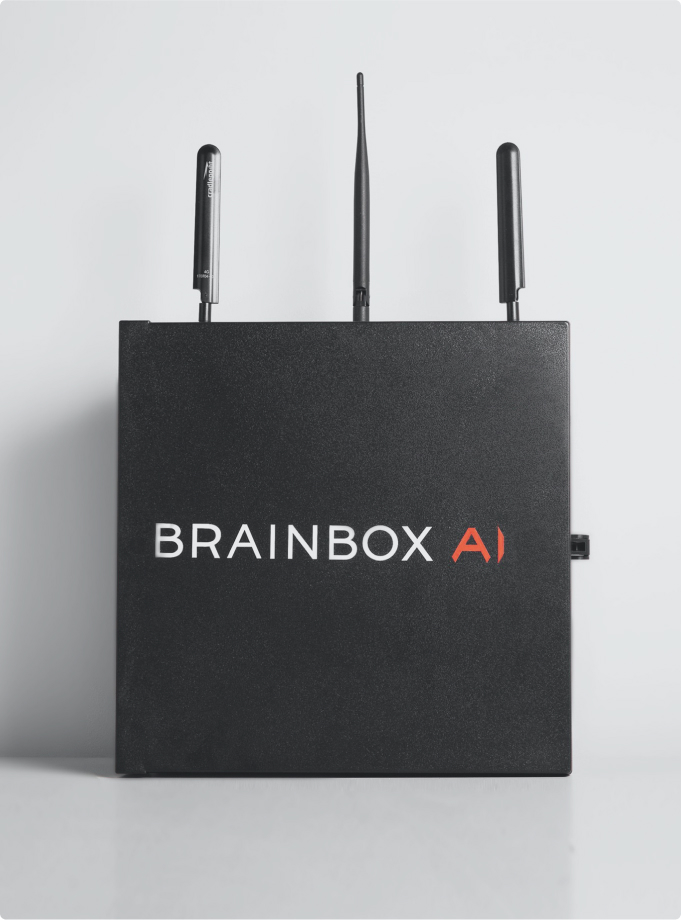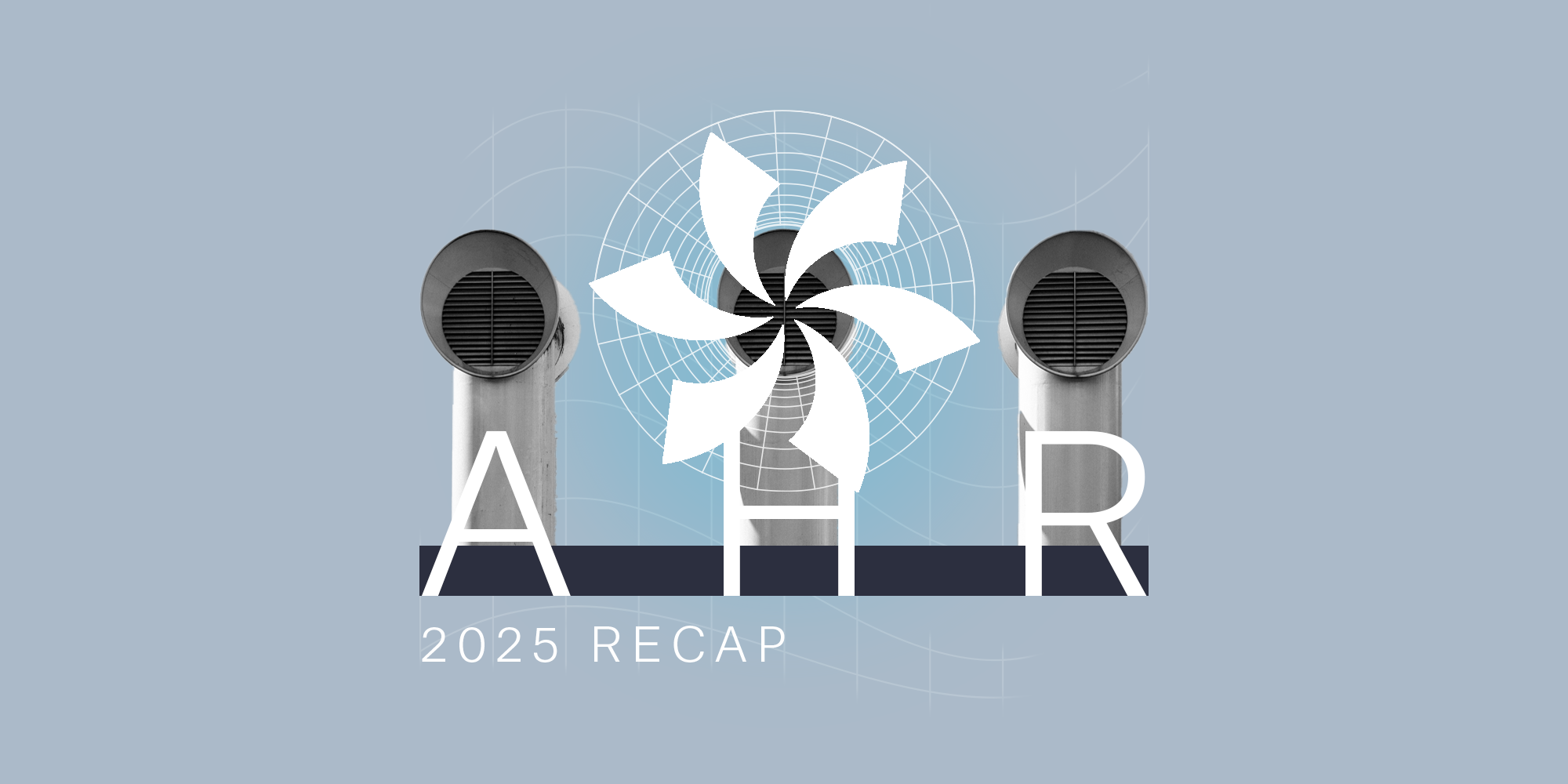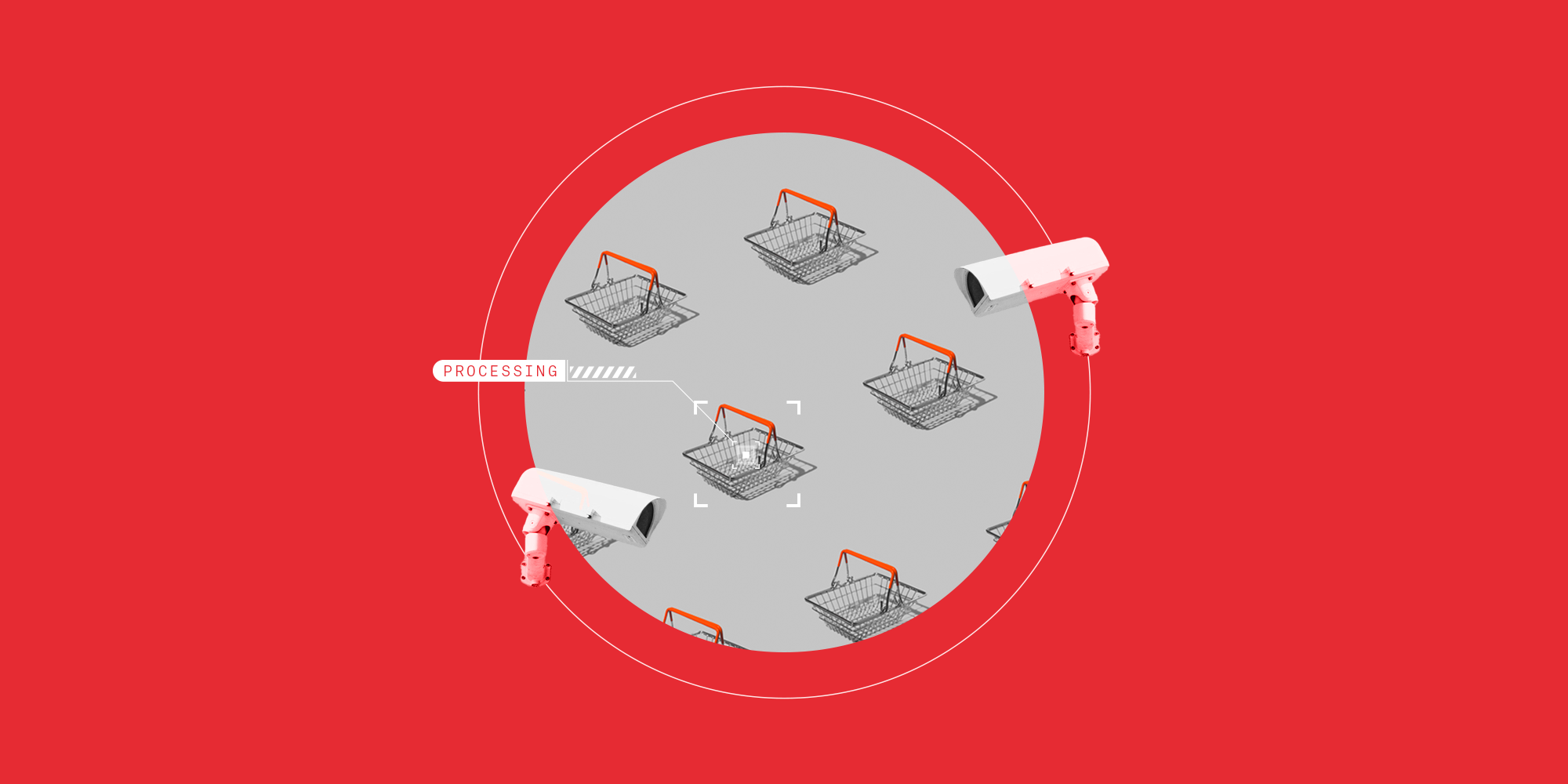Speed and Impact Matter: Combating Climate Change with Existing Technology

Speed and Impact Matter: Combating Climate Change with Existing Technology
Climate change is moving fast. We need to move faster to stave off the worst impacts.
President of BrainBox AI, Sam Ramadori, shares his thoughts on how speed and impact matter when it comes to combating the climate crisis through the swift and mass deployment of market-ready clean technologies.
It’s too late to completely dodge the climate crisis. Humans’ impact on the environment is, as the latest IPCC report indicates, irreversible. But as the same report also states, this bleak assertion doesn’t mean we can’t work to slow the inevitably rising temperatures. As long as we act now.
To decelerate the rate of global warming and overcome the obstacles preventing a sustainable future, decisive action must be taken across the board, from governments to private enterprises to NGOs. In addition to the substantial attention and resources being allocated to groundbreaking innovations, the time criticality of our climate change fight requires that we also focus on the scalability and global deployment challenges that existing technologies face. It is time for these tech solutions to leave the lab and be rapidly deployed, or all these efforts will be for naught.
There are already numerous market-ready, accessible tech options with the potential to make a vastly positive impact on the environment in a timeframe that matches the commitments being made by governments around the globe. Supporting these innovations through financing, adoption, and implementation should be seen as just as critical as inventing new ones.
We can’t stay neutral on carbon
1908 was when scientists first observed that if our atmosphere’s concentration of CO₂ were to double, the earth’s surface temperature would rise by 4°C. Fast forward over 100 years and we arrive at a world that, without drastic intervention, is set to reach this threshold somewhere between 2081 and 2100. In that future, we could see the collapse of ecosystems, the Middle East becoming uninhabitable for humans, and the exacerbation of income inequality.
This sobering projection is reflected in the recent IPCC report, which estimates that we have until 2040 to dramatically reduce our emissions. This deadline doesn’t imply we can kick the can down the road for another two decades. It means that if we don’t start actively cutting our CO₂ emissions today, 2040 will be too late. Clearly, it’s imperative we implement solutions as quickly as possible. How we go about doing this is still under intense debate. Except now we’re beyond the point of deliberation. We’re at the point of action.
Available technology: paving the way forward
According to the International Energy Agency (IEA), the only way we’ll be able to feasibly reach our net zero goals is through clean energy and energy efficient technologies. However, IEA is also aware that there are very few of these solutions that will be ready in time to meet emission reduction goals.
In fact, according to the most recent IEA Clean Energy Innovation report, only “around 35% of the cumulative CO₂ emissions reductions needed to shift to a sustainable path come from technologies currently at the prototype or demonstration phase. A further 40% of the reductions rely on technologies not yet commercially deployed on a mass-market scale”. The report goes on to call for urgent efforts to accelerate innovation and mass deploy all available clean technologies.
What many don’t realize, however, is that innovation acceleration and tech deployment go hand-in-hand. In fact, they form part of the chain reaction that Bill Gates’ new coalition, the Breakthrough Energy Catalyst, was created to promote. With the goal of reducing, or even eliminating, the Green Premium, the concept is based on the thesis that a modest injection of funding into cleantech adoption will speed up the cycle of production, early adoption, innovation, and cost reduction. Each part of the cycle is reliant on the other. Without funding, there’d be no production, without production, early adoption can’t happen, without learning from the adopted technology, we can’t innovate and compete, lower costs, or implement on a mass scale. If one aspect is obstructed, the whole cycle is disrupted.
Financing, adoption, and implementation: the cycle of change
On the funding front, we already have unprecedented amounts of cash being pumped into cleantech innovations, particularly of late. In fact, President Biden recently announced an ambitious infrastructure deal, which includes a cool $73 billion to upgrade the electricity grid and improve access to clean energy. Canada too announced its intention to invest over $20 billion in clean tech, digital economy, health sciences, and value-added agriculture just last month.
While these are great steps forward, we need to bear in mind that financing is only one part of the chain. Funneling money into cleantech is simply not enough – we also need to build and adopt these technologies on a mass scale. And herein lies a potential weak link: technology adoption can take decades to catch on. In fact, new technologies can take over 80 years to be broadly implemented. Even one of the fastest-adopted energy technologies in recent history, the LED light bulb, took up to 30 years to be widely used.
The sluggish widespread adoption of clean technology will only diminish the capacity to learn, grow, and innovate. This will reduce the scope for competition and price reduction and further slow implementation. More focus therefore needs to be placed on early adoption to move toward mass implementation and effective emissions reductions. And this needs to, and can, happen immediately.
Scale-up tech: solving big problems
We already have lesser-known, but readily deployable and easily scalable technology available for mass-implementation and standardization. This technology has the ability to make a massive impact with very little effort or cost required.
Take for example Carbicrete, a Canadian enterprise producing cement-free, carbon negative concrete, or CarbonCure, a company claiming to have saved 112,792.3 tons of CO₂ through its technology that introduces recycled CO₂ into fresh concrete to reduce its carbon footprint. There’s also UK-based Adaptavate, which uses low-carbon, bio-composite building materials that improve indoor air quality and reduce embodied carbon in new construction. These ready-to-use technologies, if adopted widely enough, could work out to be less expensive than their carbon-heavy alternatives while contributing meaningfully to the reduction of CO₂ in our atmosphere.
This is especially the case with artificial intelligence based technologies, which use continuous learning to become more efficient over time, meaning the more they’re employed, the greater their potential impact. In fact, according to Capgemini Research Institute, by 2030, AI is likely to have reduced overall GHG emissions by 16% and is estimated to have helped organizations fulfill up to 45% of the Paris Agreement targets. The big upside of AI-enhanced cleantech is that it can be rapidly and widely deployed, making a potentially immense impact on decarbonizing various sectors - particularly when used to reduce energy consumption, which is responsible for producing 76% of greenhouse gases worldwide. Yet, despite the clear cut benefits of AI, the adoption of this technology within traditional industries is still met with obstacles.
Sectors and change: challenges we’re facing on the ground
BrainBox AI is a company producing an artificial intelligence solution that’s scalable, impactful, and market-ready. The software, which connects to commercial buildings’ existing HVAC systems and renders them self-adaptive and more intelligent, is currently deployed in both developed and developing nations. No upfront capex and an ROI of more than 150% means that our solution falls squarely into the “easy to deploy” and “high impact” category, up to 25% reduction in energy costs and 20% - 40% reduction in a building’s carbon footprint. However, perhaps precisely because we are at the forefront of applying autonomous AI to the real estate sector, we are also afforded a front row seat to the challenges new technologies face in the scaling and mass adoption of their products.
The main issues we see impeding the rapid adoption of new technologies revolve around the sluggishness of organizational and sectoral change. On an organizational level, we are witnessing a positive trend toward boards and senior management increasingly focusing on ESG, spurred on by the asset management community’s prioritization of ESG metrics in asset allocation decisions. Yet, however well-intentioned these board-level and senior management plans are, the implementation of these initiatives by front line staff is not rapid enough. A senior executive may have a part of her incentives tied to ESG goals, but a front-line worker often only sees risk and downside when it comes to implementing new technologies. To remedy this, there is a dire need for companies to provide their employees with real incentives to implement net zero initiatives. Failing to do so will only slow the realization of decarbonization goals - something our planet cannot afford right now.
The second challenge slowing the progress of tech adoption is on a sectoral level. Simply put, some industries are better at adapting to change than others. Unfortunately, those needing to transform the most, the more “traditional” sectors such as steel and cement, transportation, and construction, are usually the slowest to adopt new technologies. The traditionally rigid energy sector is another example. As it shifts toward renewable energy by sheer force of economics (renewables are now officially cheaper than fossil fuels), there is significant inertia when it comes to the modernization of the energy grids necessary to accommodate this dramatic shift. This necessary large infrastructure renewal requires rapid policy intervention from governments, private enterprises, and NGOs alike in order to truly accelerate cleantech adoption.
Action: the catalyst for transformation
As we evolve on our journey to deploy and scale our technology, we are committed to sharing the successes, and challenges we encounter as a small company working to change the face of the real estate sector. We hope that in sharing our experiences, we can be of some assistance to other young cleantech companies as they seek to scale globally, as well as to governments and policy makers in terms of implementing approaches that can truly drive the mass adoption of cleantech solutions on a global basis.
To sum it all up, while there is a rapidly growing number of market-ready clean technologies coming to the fore, there are major implementation and adoption challenges that must be addressed, or the world will end up with many interesting science projects that have little actual impact in the field. Of course, investing in developing technological innovations is more than ever necessary, the focus can’t be on funding new innovation alone. Additional efforts that concentrate on the mass adoption and implementation of clean technologies are clearly now a necessary focus area. The term “speed and impact” must be added to our vocabulary just as “cleantech innovation” was when the climate fight started becoming a reality.













